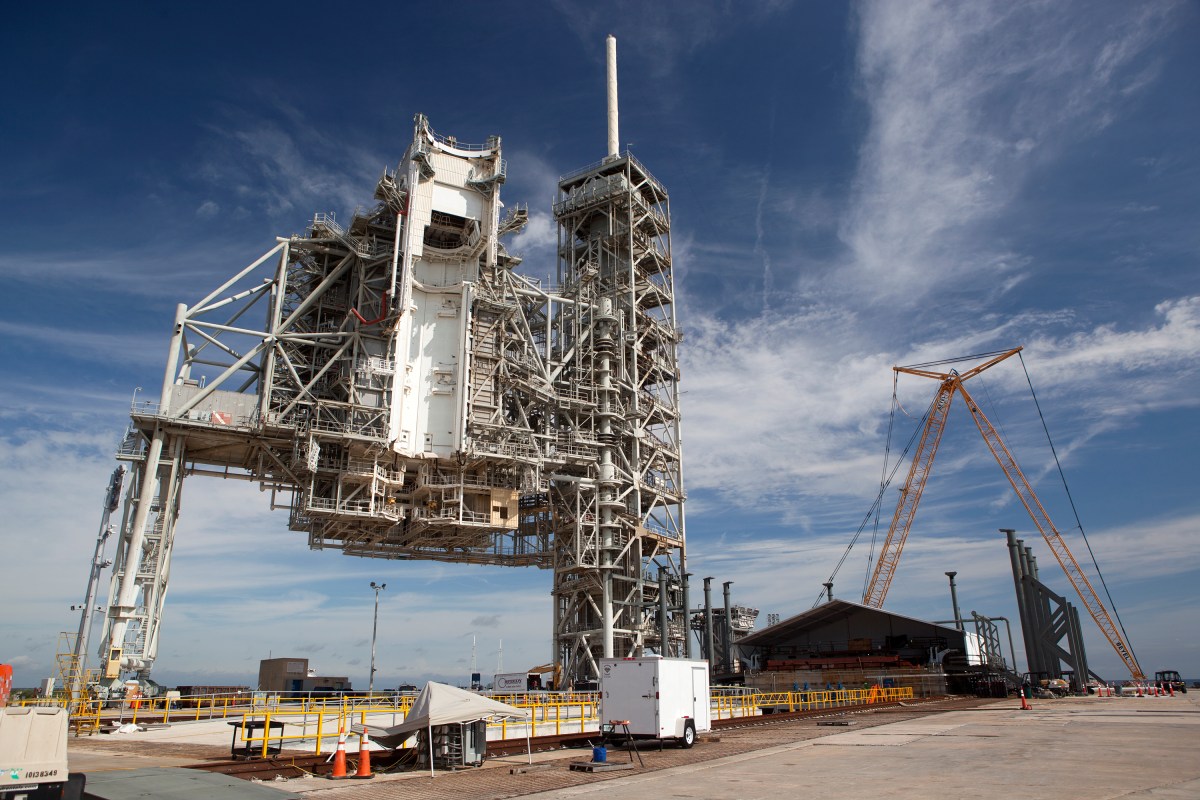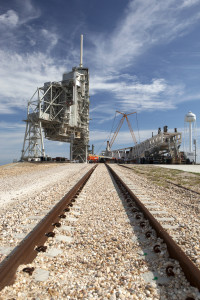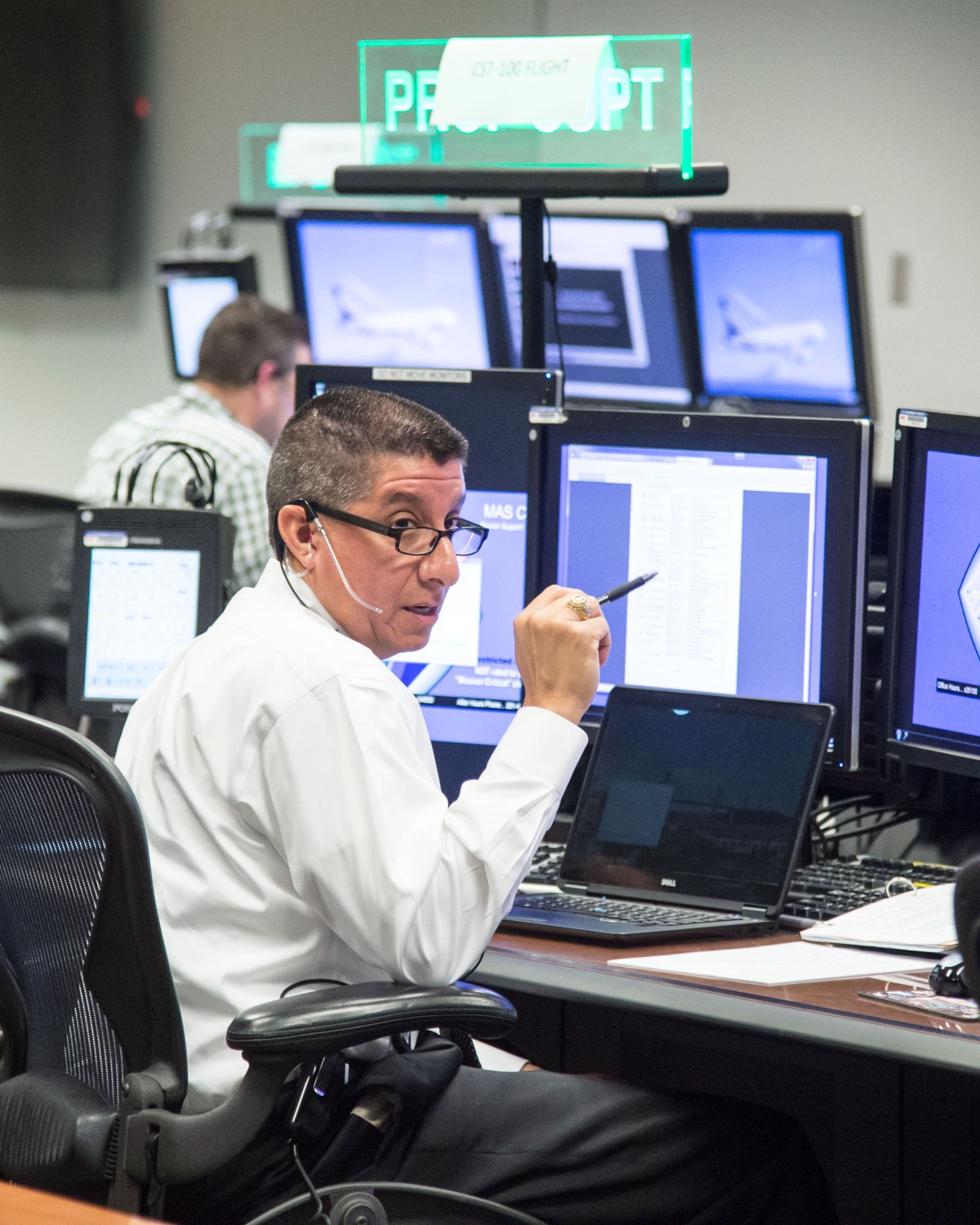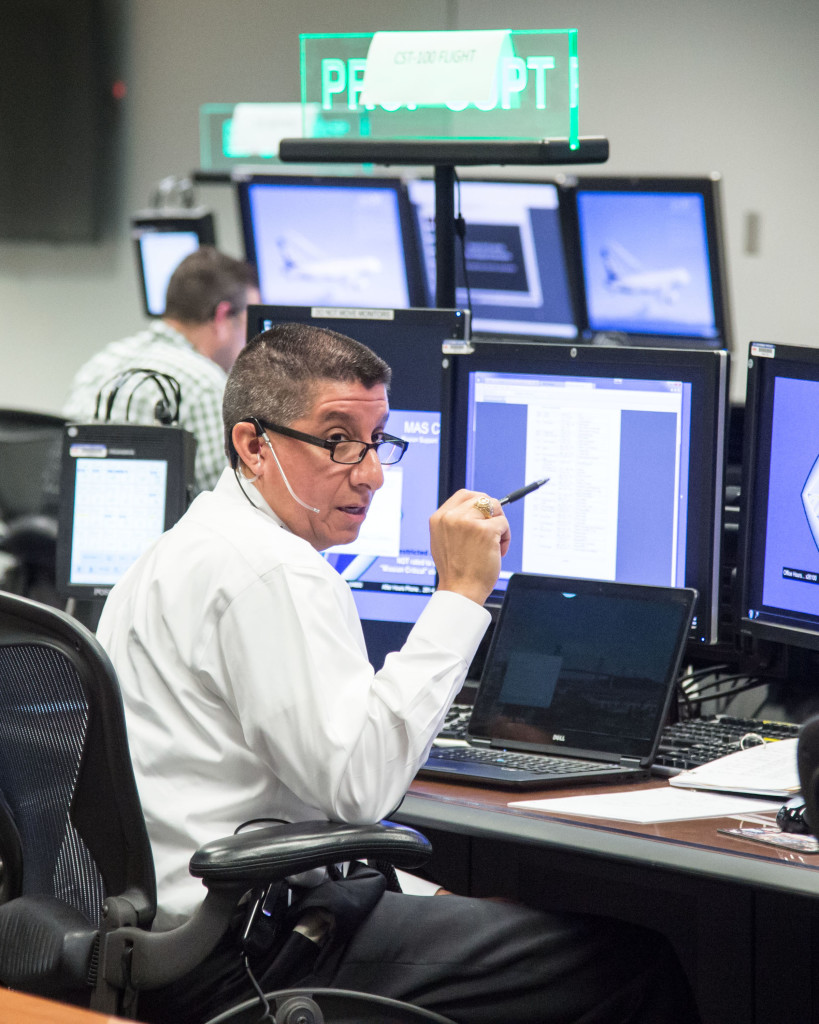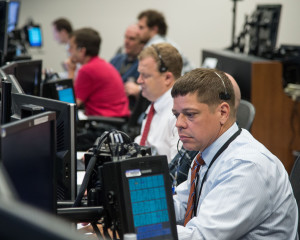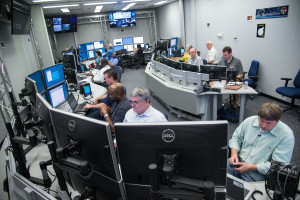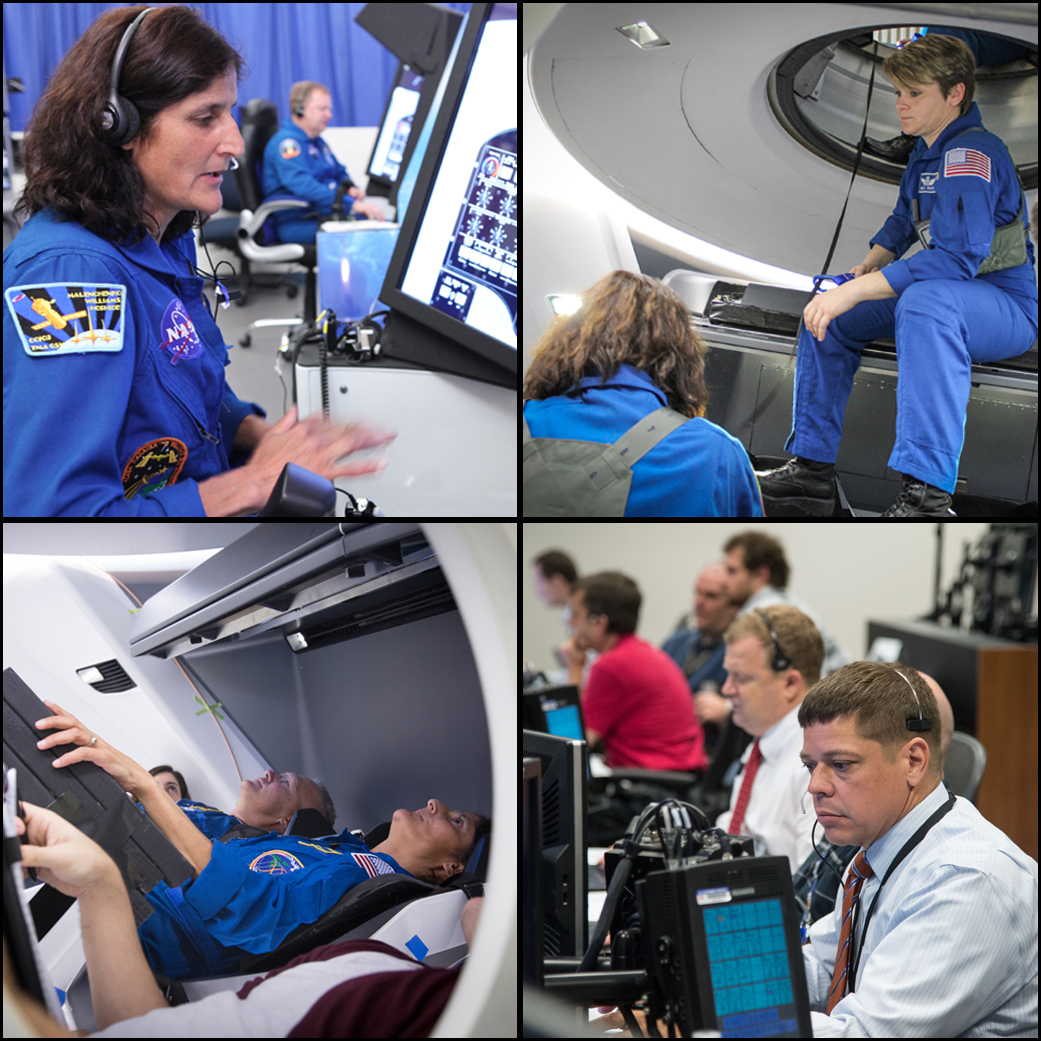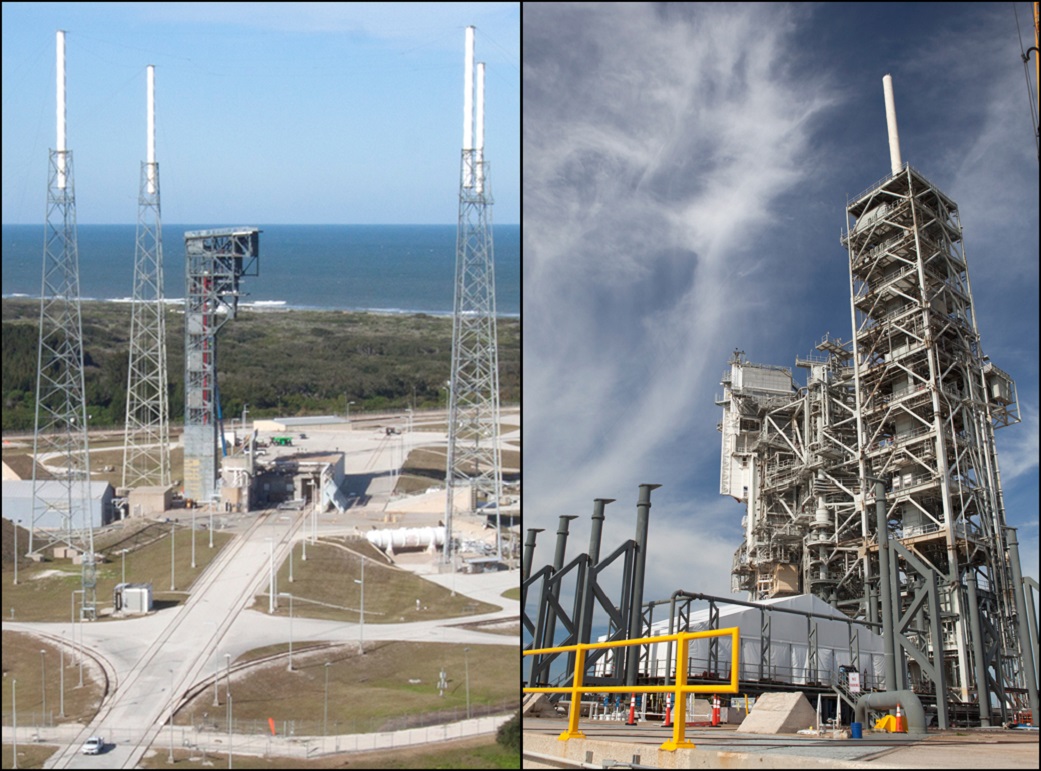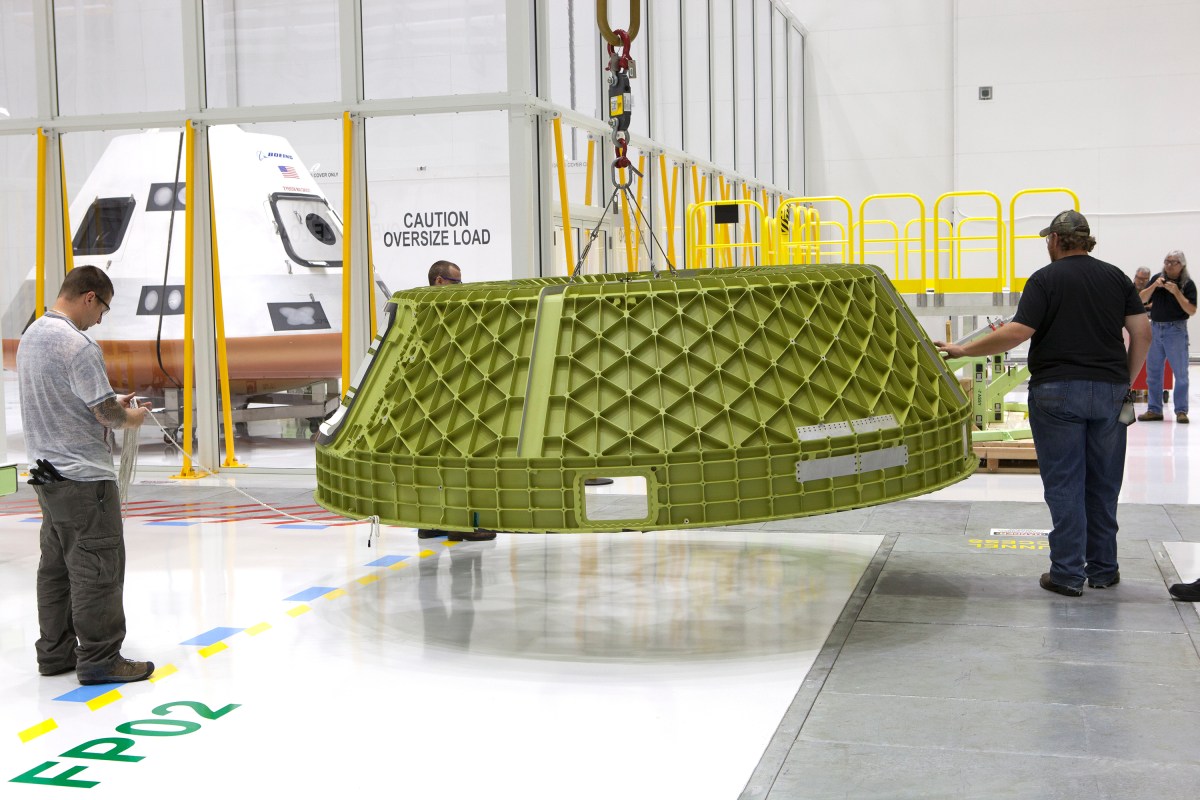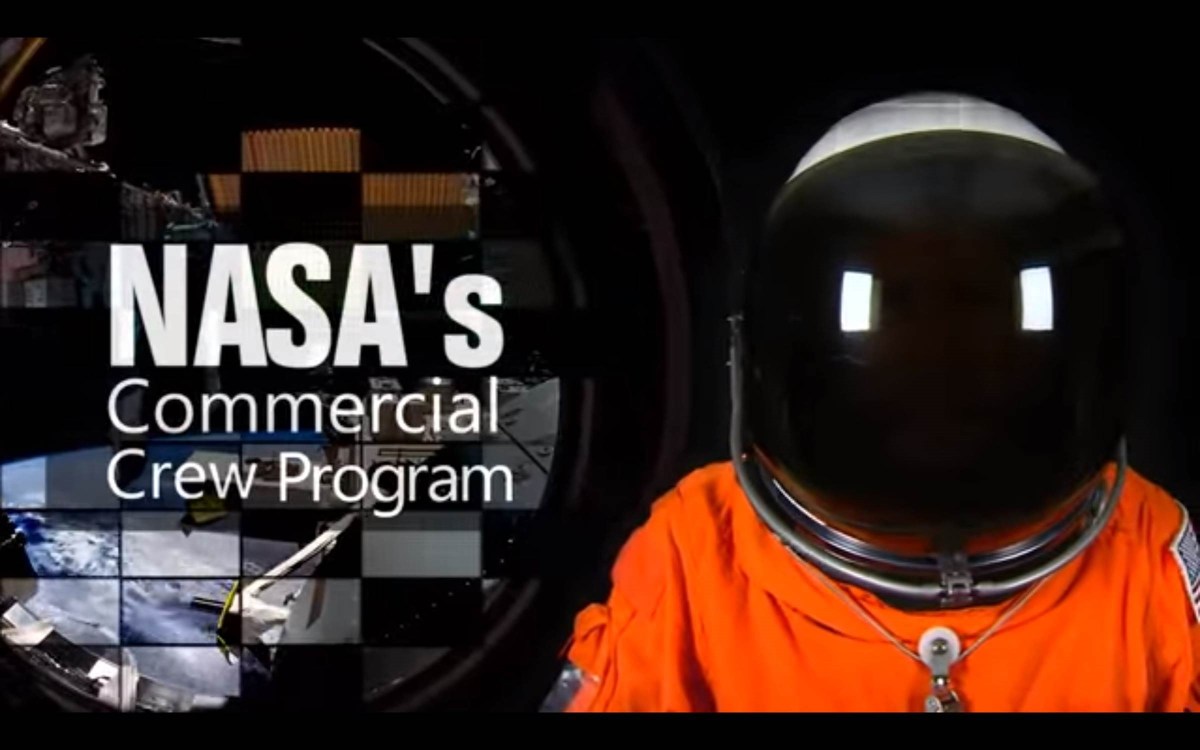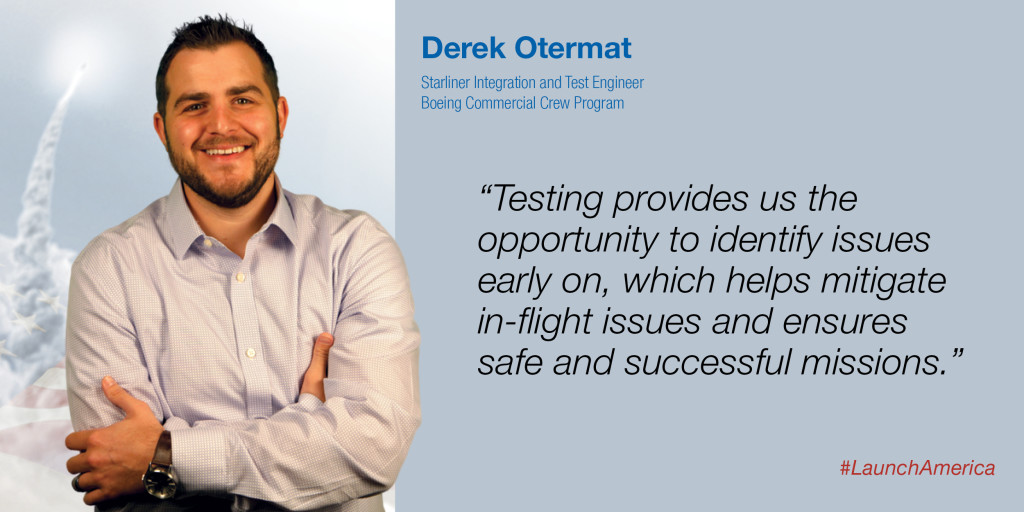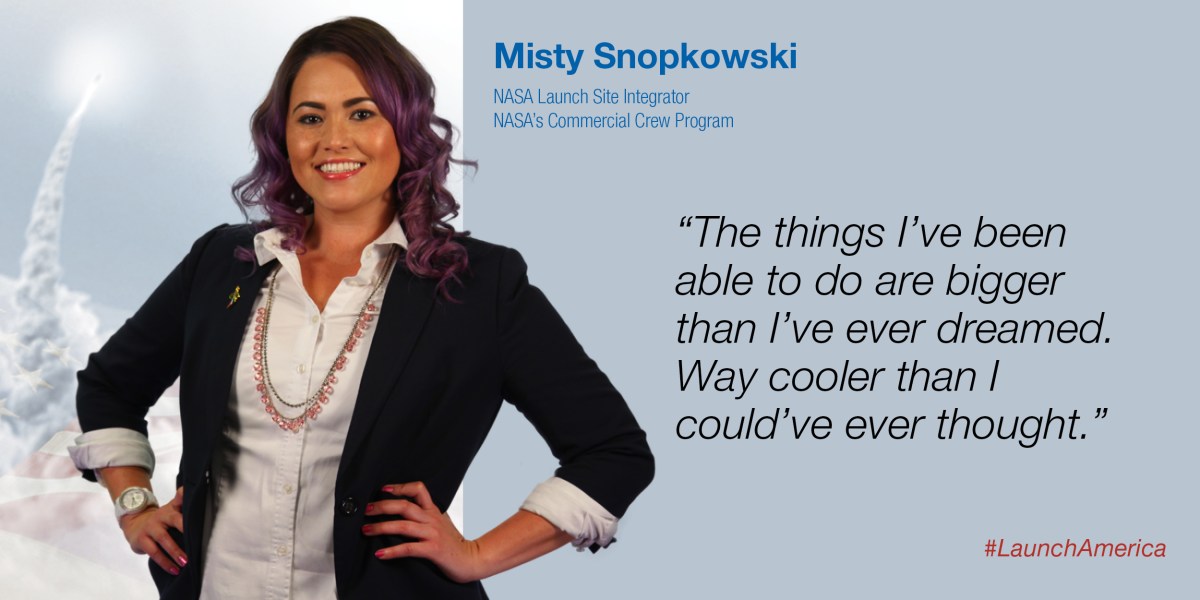 NASA’s Commercial Crew Program, Boeing and SpaceX are making 2016 a year of advancement as they work toward opening a new era in human-rated spaceflight from America to the International Space Station. Astronauts, engineers and spaceflight specialists across the spectrum continue to apply unique innovations for the performance and manufacturing of the CST-100 Starliner and Crew Dragon. Read much more about the work Commercial Crew and its industry partners have performed so far in 2016 in our three-part series:
NASA’s Commercial Crew Program, Boeing and SpaceX are making 2016 a year of advancement as they work toward opening a new era in human-rated spaceflight from America to the International Space Station. Astronauts, engineers and spaceflight specialists across the spectrum continue to apply unique innovations for the performance and manufacturing of the CST-100 Starliner and Crew Dragon. Read much more about the work Commercial Crew and its industry partners have performed so far in 2016 in our three-part series:
Part I: 2016 Advances Mark Commercial Crew Progress
Part II: Manufacturing Gains Momentum Coast to Coast
Part III: Astronauts Give Vital Feedback for Commercial Spacecraft
Modifications Transforming Pad A for Falcon Launches

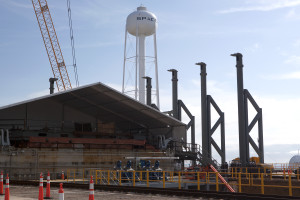 Removing hundreds of thousands of pounds of steel and adding robust, new fixtures, SpaceX is steadily transforming Launch Pad 39A at NASA’s Kennedy Space Center in Florida for use as a launch pad for its Falcon 9 and Falcon Heavy rockets. The launchers will lift numerous payloads into orbit, including the company’s Crew Dragon spacecraft with astronauts aboard bound for the International Space Station.
Removing hundreds of thousands of pounds of steel and adding robust, new fixtures, SpaceX is steadily transforming Launch Pad 39A at NASA’s Kennedy Space Center in Florida for use as a launch pad for its Falcon 9 and Falcon Heavy rockets. The launchers will lift numerous payloads into orbit, including the company’s Crew Dragon spacecraft with astronauts aboard bound for the International Space Station.
A horizontal integration facility was built at the base of the pad and rails installed running up the incline to the flame trench. Instead of arriving to the pad on the back of the crawler-transporters, SpaceX rockets will roll on a custom-built transporter-erector that will carry them up the hill and then stand the rocket up for liftoff. The fixed service structure at the pad deck will remain, although more than 500,000 pounds of steel has already been removed from it. SpaceX has already started removing the rotating service structure, which is attached to the fixed structure. Built for the need to load a shuttle’s cargo bay at the pad, it does not serve a purpose for Falcon launchers whose payloads are mounted on the top of the rocket.
SpaceX leased the historic launch pad from NASA in April 2014 and has been steadily remaking it from a space shuttle launch facility into one suited for the needs of the Falcon rockets and their payloads. It is the same launch pad where Neil Armstrong, Buzz Aldrin and Michael Collins lifted off on July 16, 1969, to begin their Apollo 11 flight that would make history as the first to land people on the moon. Almost all signs of Apollo-era hardware were removed from the launch pad when it was rebuilt for the shuttle. Photos by NASA/Dimitri Gerondidakis
Astronauts, Mission Control Simulate Commercial Crew Flight
Commercial Crew Program astronauts Bob Behnken and Eric Boe joined flight director Richard Jones and his NASA/Boeing flight control team in the first Mission Control Center, Houston, on-console simulation of Boeing’s CST-100 Starliner launch, climb to orbit and post-orbital insertion timeline.
The ascent simulation included a training team inserting problems remotely from a nearby building, which allowed the team to follow checklists and procedures to solve issues that could arise during a dynamic, real-flight situation.
Boeing has an agreement in place with NASA’s Johnson Space Center to provide flight control and facility expertise in managing missions of the Starliner and United Launch Alliance Atlas V rocket. Simulations covering all aspects of human space flight control have been conducted for every human space flight and prepare the astronauts and flight controllers for the real flights.
Behnken and Boe along with Doug Hurley and Suni Williams are integrated as a group with Boeing and SpaceX on its Dragon crew vehicle through the development phase and first test flights. Specific crew assignments have not yet been announced. Read more about the advances NASA’s Commercial Crew Program have made in 2016: http://go.nasa.gov/24QDPuA
Astronauts Provide Vital Feedback in Spacecraft Development
 NASA’s Commercial Crew Program astronauts work side-by-side with Boeing and SpaceX engineers to evaluate their systems and trainers as they each prepare to return launches to the International Space Station from American soil. They have performed fit checks in mockup spacecraft, assessed the spacecraft’s display panel and controls among numerous other systems: http://go.nasa.gov/1tuHinI
NASA’s Commercial Crew Program astronauts work side-by-side with Boeing and SpaceX engineers to evaluate their systems and trainers as they each prepare to return launches to the International Space Station from American soil. They have performed fit checks in mockup spacecraft, assessed the spacecraft’s display panel and controls among numerous other systems: http://go.nasa.gov/1tuHinI
Commercial Crew Gains Momentum from Manufacturing, Launch Facilities
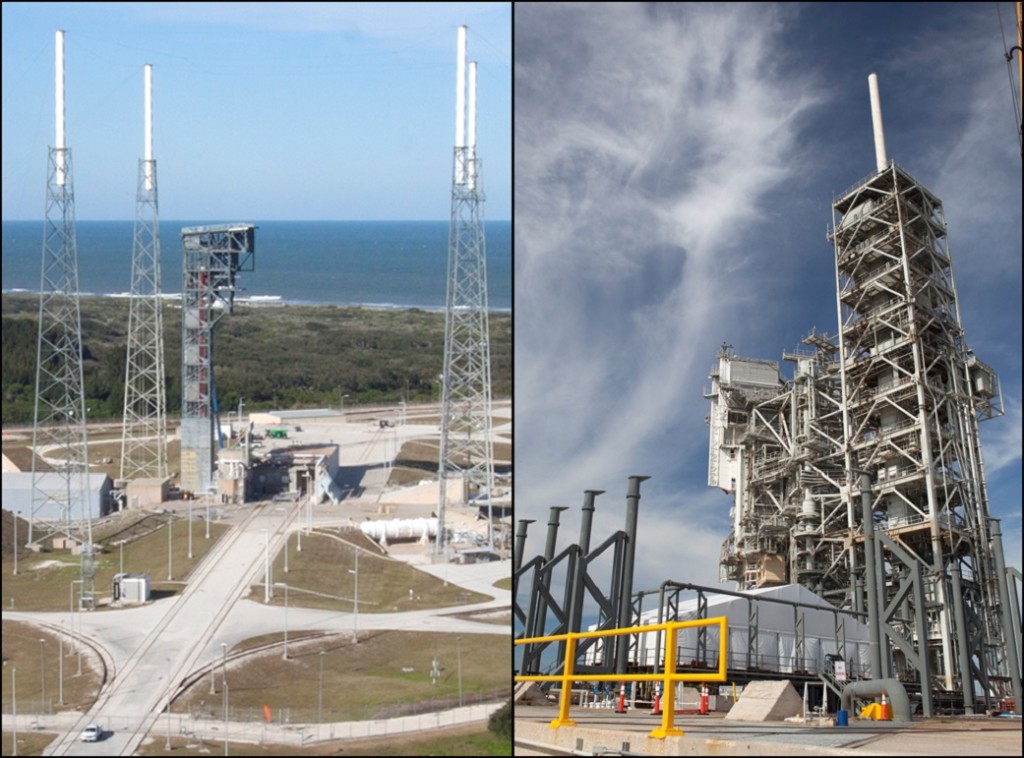 Manufacturing bays and launch pads are scenes of careful activity midway through 2016 as Boeing and SpaceX, partners with NASA’s Commercial Crew Program, build the prototype spacecraft that will precede assembly of the flight vehicles that will perform test flights. Both companies are building separate spacecraft and launch systems capable of carrying astronauts some 250 miles into space where they will perform groundbreaking research aboard the International Space Station. Boeing’s Starliner is being assembled at the Commercial Crew and Cargo Processing Facility at NASA’s Kennedy Space Center in Florida, while SpaceX is manufacturing its Crew Dragon spacecraft at the company’s headquarters and factory in Hawthorne, California.
Manufacturing bays and launch pads are scenes of careful activity midway through 2016 as Boeing and SpaceX, partners with NASA’s Commercial Crew Program, build the prototype spacecraft that will precede assembly of the flight vehicles that will perform test flights. Both companies are building separate spacecraft and launch systems capable of carrying astronauts some 250 miles into space where they will perform groundbreaking research aboard the International Space Station. Boeing’s Starliner is being assembled at the Commercial Crew and Cargo Processing Facility at NASA’s Kennedy Space Center in Florida, while SpaceX is manufacturing its Crew Dragon spacecraft at the company’s headquarters and factory in Hawthorne, California.
Both companies are also hard at work modifying their respective launch pads. SpaceX is making numerous changes at Launch Complex 39A at Kennedy so the former shuttle launch pad can instead host Falcon 9 rockets lofting Crew Dragons into orbit. A couple of miles south, at the adjacent Cape Canaveral Air Force Station, the Crew Access Tower has been constructed at Space Launch Complex 41, so astronauts will be able to climb inside the Starliner on launch day as it stands pointed to the sky atop a United Launch Alliance Atlas V rocket. Read more about the progress under way in commercial crew so far in 2016: http://go.nasa.gov/1TZLGAW
Companies Advance in 2016 on Path to Flight
The companies building the next generation of human-rated spacecraft with NASA’s Commercial Crew Program made their biggest advances so far as they finalized designs and began building prototype spacecraft. The careful, meticulous efforts by Boeing and SpaceX, along with NASA astronauts, engineers and spaceflight specialists, are vital markers in the path to flight as the team work to restore America’s ability to launch astronauts to the International Space Station from the United States.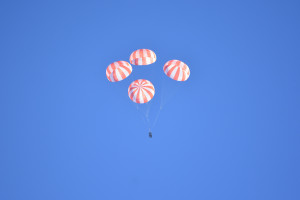
“We knew 2016 would be a critical year as Boeing and SpaceX build qualification and flight hardware, and test the integrated systems to ensure the rockets and spacecraft function as designed,” said Kathy Lueders, manager of NASA’s Commercial Crew Program. “Their careful design, analysis and early prototype testing during the last several years has put us on the right course, and now 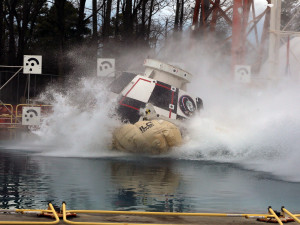 we are excited to see flight hardware coming together. The companies are excited, too, but we know there are many steps ahead to successfully and safely complete these flight tests and begin operational missions to the International Space Station.”
we are excited to see flight hardware coming together. The companies are excited, too, but we know there are many steps ahead to successfully and safely complete these flight tests and begin operational missions to the International Space Station.”
Learn more about the spacecraft and subsystem qualification testing, at http://go.nasa.gov/1YeXox2
Spacecraft 1 Major Components Arrive for Assembly
The last major element of a test version of Boeing’s CST-100 Starliner arrived at the company’s spacecraft factory at NASA’s Kennedy Space Center in Florida to begin assembly. The upper dome of the craft the company is calling Spacecraft 1 rolled through the doors of the Commercial Crew and Cargo Processing Facility at Kennedy on May 20 so engineers and technicians could begin outfitting it with systems before joining the upper dome to the docking hatch and lower dome elements that arrived earlier in May. The spacecraft’s arrival points toward a time when the company routinely produces and launches Starliners on operational missions taking astronauts to the International Space Station for NASA’s Commercial Crew Program.
Machined into a honeycomb pattern to reduce weight while maintaining strength, the upper and lower domes will form the crew compartment of the Starliner once assembled together. Thermal shielding will encase the domes on the outside and a base heat shield will be connected to the bottom to complete the spacecraft ahead of its pad abort flight test. That flight test will not carry people, but will include an attached service module holding propellant and supply tanks along with four powerful launch abort engines. The test will be an automated demonstration of the launch escape system’s ability of to lift the Starliner out of danger in the unlikely event of an emergency on the launch pad or during the climb into orbit.
The work is taking place as the Starliner’s structural test article – a complete Starliner spacecraft designed only for tests on Earth – finishes its assembly and is readied for shipping to California for analysis in conditions similar to those found in space. Read much more about the spacecraft’s arrival and its importance to NASA’s goals for the Commercial Crew Program and enhanced research on the space station: http://go.nasa.gov/1UtFLU4. Photo credit: NASA/Dimitri Gerondidakis
I Will Launch America: Derek Otermat
The communications systems on Boeing’s Starliner spacecraft have to be able to relay a significant amount of information to the crew inside the spacecraft, controllers at several locations on the ground and to other spacecraft. Even missing a small piece of information can cause alarm. That’s why the communications engineers spend years coming up with a system, working with individual components and then pairing them together to make an effective network.
That’s where Derek Otermat comes in. One of Boeing’s Engineer of the Year awardees, Otermat began his spaceflight career testing radio frequency elements of the communications network for the space station. The station can talk to Earth through ground stations in the United States, Europe and Russia but mostly relays telemetry, video and voice messages using NASA’s constellation of Tracking and Data Relay Satellites known as TDRS.
He is applying that expertise to the Starliner now. Although Starliners won’t have as much data to route to the crew and send back to Earth, in many phases of flight it will have to be sent quickly. For example, during launch when the Starliner is flying into orbit atop a United Launch Alliance Atlas V rocket, the spacecraft and booster have to talk to each other many times a second to gauge the health of the booster and make sure everything is working properly.
“It’s really about criticality – health criticality and safety criticality,” Otermat said. “If our system isn’t working when the Starliner approaches the station, it’s actually a ‘no-go’ for docking.” Read more about Otermat and NASA’s Commercial Crew Program at http://go.nasa.gov/1Uf7UhQ
Watch Commercial Crew Progress
Spacecraft are under construction, launch infrastructure is being modified and systems testing of all sorts is underway as NASA’s Commercial Crew Program works closely with Boeing and SpaceX to advance the new generation of American spacecraft designed to carry astronauts to the International Space Station from the United States. Boeing and SpaceX are building flight-like CST-100 Starliners and Crew Dragons, respectively, for evaluations prior to their flight test campaigns. Watch the testing, qualification and hardware buildup completed so far in 2016 in the video below toward the program’s goal of developing safe, reliable, cost-effective crew transportation systems.
I Will Launch America: Launch Site Integrator Misty Snopkowski
Misty Snopkowski has worked on human spaceflight initiatives since 2003, building up expertise with the Space Shuttle and International Space Station Programs and now standing on the precipice of the new era in human spaceflight with NASA’s Commercial Crew Program.
“I got to work up until the very last shuttle launch in 2011, which was a pretty amazing period in time,” Snopkowski said. “Then I joined commercial crew. You flip the script and go into a brand new program. I was this young person who got to start at the very beginning of a new program and most people don’t ever get that opportunity.” Read more at http://go.nasa.gov/1OBQPgg

